Mark Yeldham
Contrasting responses to riverine barrier modification and fish pass provision in two anadromous non-salmonid species during their spawning migrations
Yeldham, Mark; Britton, J. Rob; Crundwell, Charles; Davies, Peter; Dodd, Jamie; Grzesiok, Chris; Nunn, Andy; Velterop, Randolph; Bolland, Jon
Authors
J. Rob Britton
Charles Crundwell
Peter Davies
Dr Jamie Dodd Jamie.Dodd@hull.ac.uk
PDRA
Chris Grzesiok
Dr Andy Nunn A.D.Nunn@hull.ac.uk
Senior Lecturer
Randolph Velterop
Dr Jon Bolland J.Bolland@hull.ac.uk
Senior Research Fellow
Abstract
Anthropogenic in-river structures represent barriers to migrating fishes. Fish pass designs usually focus on passing anadromous salmonids, and fish pass studies usually focus on site-scale metrics, failing to consider the wider effects. Weir passage metrics and spawning distributions of anadromous iteroparous twaite shad Alosa fallax and semelparous sea lamprey Petromyzon marinus were assessed using acoustic telemetry between 2018 and 2023, within a catchment-scale reconnection programme on the River Severn (‘Unlocking the Severn’ [UtS]). Reconnection was by fish pass installation (Severn mainstem; 3 deep-vertical slot (DVS), 1 column bypass) and weir modification (Teme tributary; 1 partial removal/reduced head height, 1 reduced gradient). Time-to-event analysis revealed reconnection increased the probability of lamprey passing both the most downstream DVS and modified weir, and virgin shad were more likely than previous spawners to pass the DVS, but not the modified weir. Improvements in the proportion of tagged shad (to 7%) and lamprey (to 48%) passing the most downstream DVS were modest, but shad passage times were significantly reduced (by 20 days). Weir modification resulted in greater improvements in shad (to 58%) and lamprey (to 78%) passage. Reconnection also enabled passage on substantially lower flows; shad passed the most downstream Severn weir (via the DVS) at Q89 versus Q3 prior to construction, and lampreys at Q86 versus Q45. At catchment scales, reconnection significantly increased the proportion of shad passing the pre-reconnection migration limit. However, the upstream extent of both species in the mainstem was not significantly increased. This was attributed to the limited motivations of individuals to access previously fragmented reaches; returning shad expressed fidelity to previous spawning sites and lamprey lacked pheromone cues from ammocoetes upstream. Passage motivations are predicted to increase subsequently as more individuals' spawn in these reaches. Synthesis and applications. UtS succeeded in facilitating both species to pass weirs under lower flow conditions than before. Weir modification improved passage rates more than fish pass installation, although catchment-scale benefits currently remain limited. Project legacies include identifying long-term monitoring needs to measure accumulating catchment-scale benefits, and information on the suitability of reconnection methods to inform similar reconnection programmes.
Citation
Yeldham, M., Britton, J. R., Crundwell, C., Davies, P., Dodd, J., Grzesiok, C., Nunn, A., Velterop, R., & Bolland, J. (2025). Contrasting responses to riverine barrier modification and fish pass provision in two anadromous non-salmonid species during their spawning migrations. The journal of applied ecology, https://doi.org/10.1111/1365-2664.70093
| Journal Article Type | Article |
|---|---|
| Acceptance Date | Mar 7, 2025 |
| Online Publication Date | Jun 16, 2025 |
| Publication Date | 2025 |
| Deposit Date | Jun 5, 2025 |
| Publicly Available Date | Jun 17, 2026 |
| Journal | Journal of Applied Ecology |
| Print ISSN | 0021-8901 |
| Publisher | Wiley |
| Peer Reviewed | Peer Reviewed |
| DOI | https://doi.org/10.1111/1365-2664.70093 |
| Public URL | https://hull-repository.worktribe.com/output/5234817 |
Files
This file is under embargo until Jun 17, 2026 due to copyright reasons.
Contact A.D.Nunn@hull.ac.uk to request a copy for personal use.
You might also like
Genotype But Not Body Shape Predicts River Migration Success in Atlantic Salmon
(2024)
Journal Article
